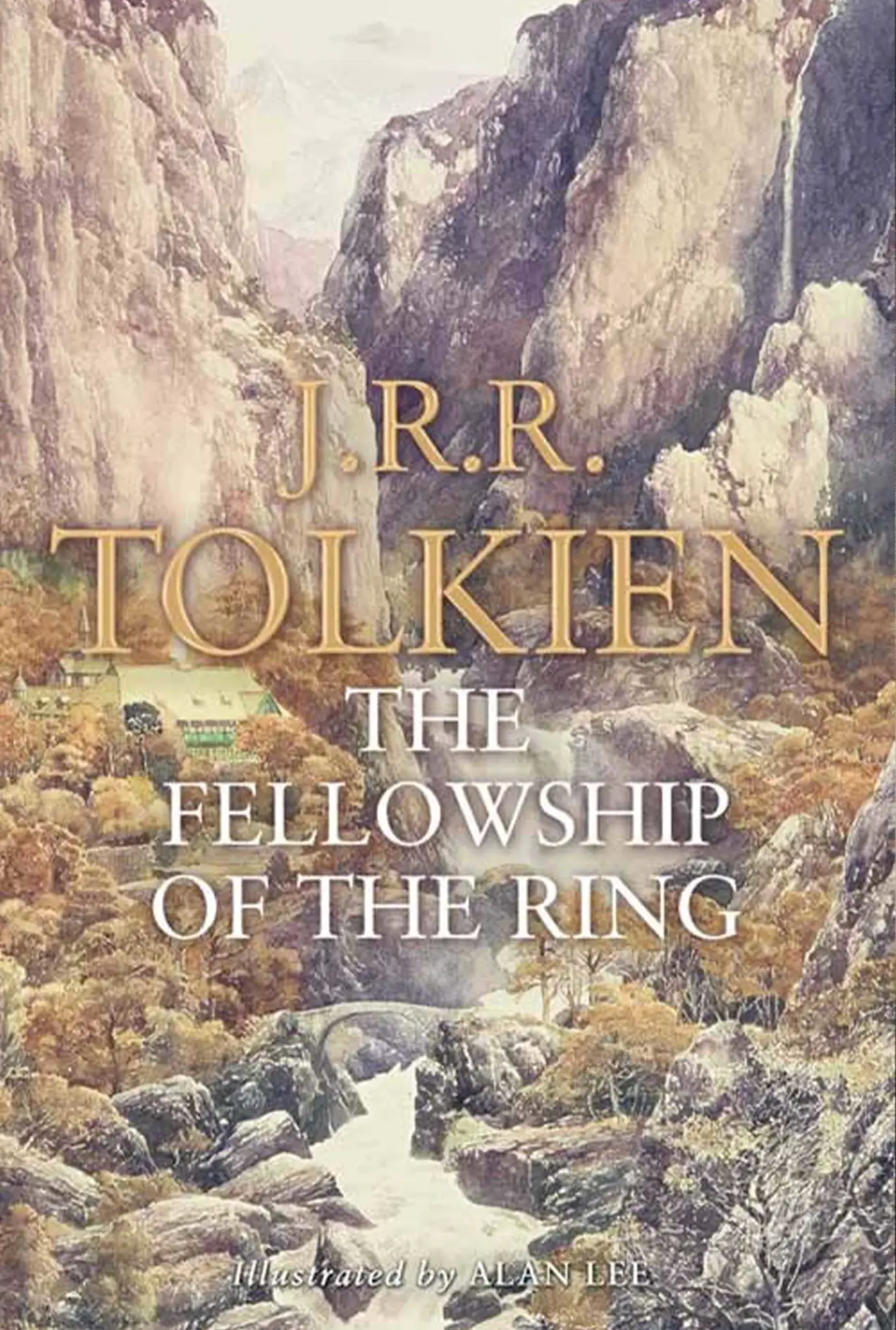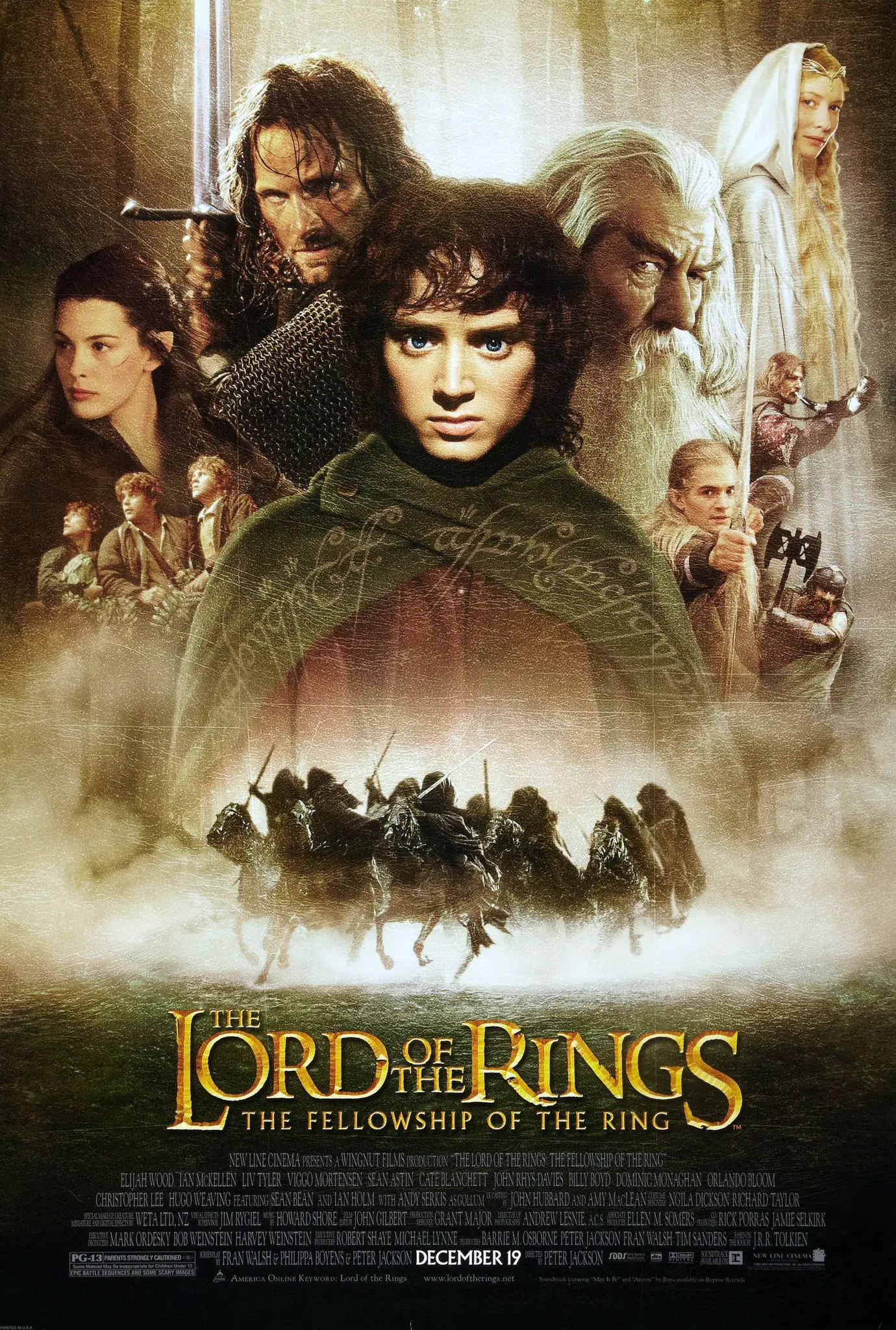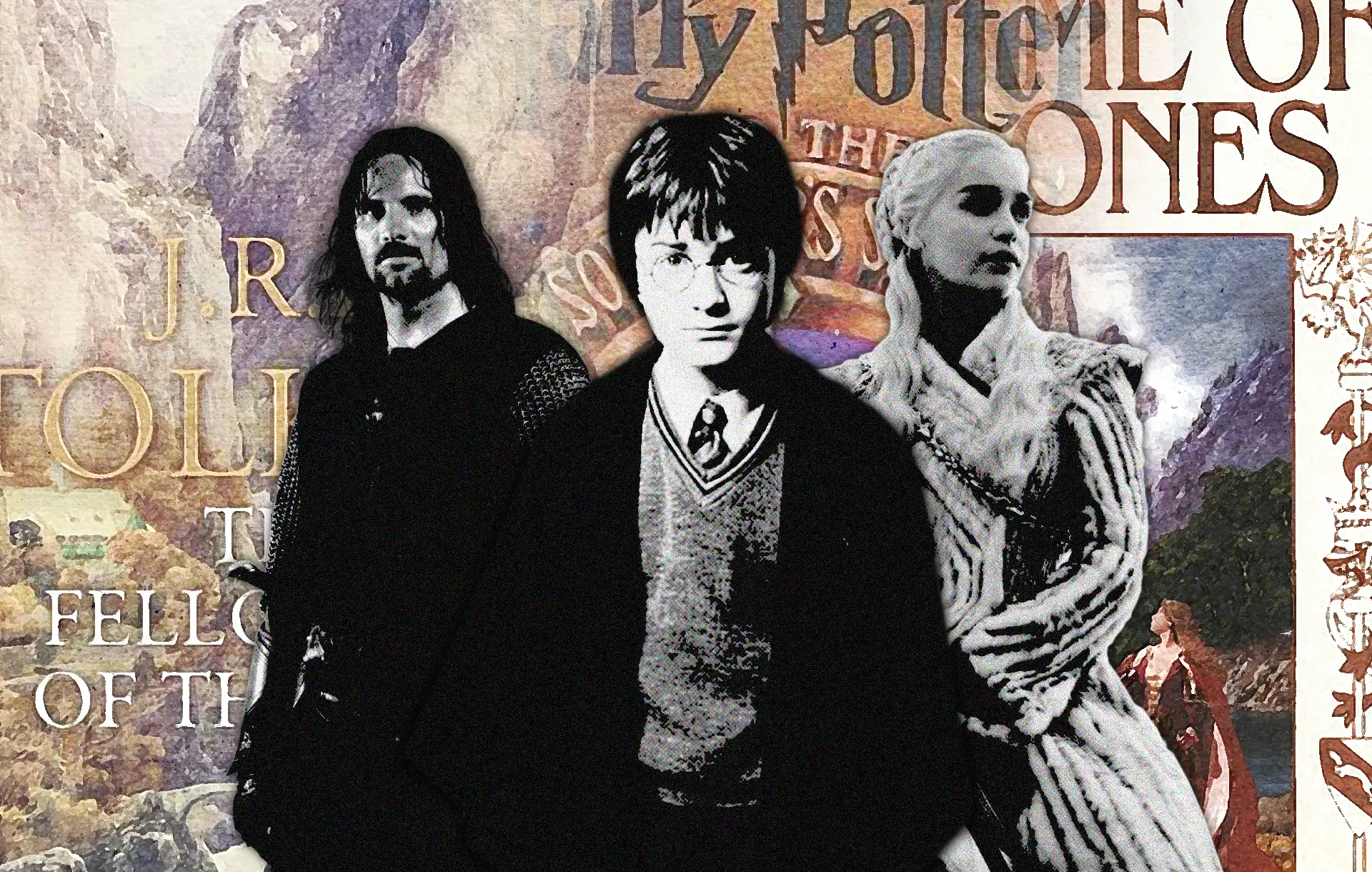It was 1997, a year that will eternally be etched into the history of pop culture. It was the year the first book in the seven-part fantasy series written by J.K. Rowling came into existence; Harry Potter and the Sorcerer’s Stone shocked the world and changed our lives forever. Due to its impactful global influence, it didn’t take long for Hollywood to cash in their chips and turn this masterpiece into a motion picture. All eight film adaptations were a huge hit at the box office, earning a total of $7.7 billion.
Adapted films have become deeply ingrained in the culture of the entertainment industry as evident in the surge of films being produced that are based on graphic novels, comic books, short stories, and classical texts. From blockbuster films such as Lord of the Rings to TV series such as Game of Thrones, let’s break down the various factors as to why adaptations have become a vital part of the industry and the process behind adapting beloved intellectual properties.
From Intellectual Property to the Screen
Film adaptation is the process of turning a pre-existing body of work such as fiction and non-fiction books, plays, comic books, short stories, and autobiographies into a feature film or TV series. “Adapted films are more popular and successful than original screenplays because the book or author already has a following that equals a guaranteed audience which ensures that it will not “flop” at the box-office. And due to the pre-existing audience and modern social media, fans have the ability to spread the word about the adaptations allowing for it to become a part of popular culture,” according to Medium.
As easy and straightforward as it sounds, there is a process that must be respected and a number of elements that must be considered when adapting intellectual properties into films or series. First, the writer chooses a material that he or she wants to adapt into a screenplay. Then, a writer must always contact the author or their agent to let them know about your intentions as well as to secure the rights of the material.
By optioning a material, it gives them the temporary right to own it for about 12 to 18 months
In the entertainment industry, this is more commonly known as “optioning”, a part of the pre-production process wherein a producer, writer, studio, or production company will do a contractual agreement with the author of the source material asking for exclusive rights and financial obligations for a specified period of time while they are raising funds and assembling the cast and crew. By optioning a material, it gives them the temporary right to own it for about 12 to 18 months, and they only have this much time to decide whether they have the resources to turn it into a motion picture.
Oftentimes, the author will not be involved in the project but there are instances such as the case in The Godfather (1972), Gone Girl (2014), and The Fantastic Beasts saga, among others, where the author of the original material was also the writer responsible for adapting it for the screen.
Before we go further, we must first understand the difference between a novel and a screenplay. While both involve creating a narrative and developing unique characters, they are written and utilized differently. “When writing a screenplay, you are writing for a feature film, which is a visual medium meant to be experienced by an audience in a movie theater. While many novels are turned into screenplays, they are initially intended to allow readers to imagine the story in their own heads.” In a nutshell, a screenplay doesn’t have the same liberty or ample time as novels to include the highly-detailed world, characters, and story that we usually fall head over heels for when reading books.
Understanding this aspect is vital in understanding that an adapted film will not always reflect the spitting image of a novel
Understanding this aspect is vital in understanding that an adapted film will not always reflect the spitting image of a novel because the reality is that there will be a number of scenes, characters, and minute details that will be left out or sometimes replaced by the writer’s own creative interpretation. It is just unfair and impossible to compare a 500-page book to a 110-page script. However, what could always be expected is focusing on the heart of the story. This is when you take into account the important characters such as figuring out the protagonist’s journey, wants and needs, themes, plot, and conflicts that are intentional and crucial in telling a compelling narrative.
Dialogue-wise, some novels use poetic or highfalutin words that oftentimes sound too on the nose or unnatural. This is where a skilled screenwriter comes in to make sure that dialogue would sound as human and conversational as possible. It also applies to writing action or scene descriptions that are highly visual but must be succinct and limited to three to four lines. Lastly, internal character dialogue we would find in books is oftentimes exhibited through voiceovers, journals, or conversations, but never in the scene descriptions.
For the cherry on top, writing the ending is what usually gets audiences, readers, and fandoms riled up and ready for war. Sometimes, even the ending of a story needs to be changed, especially if there is a better alternative that would be more cinematic and cathartic for the screen. This doesn’t imply that screenwriters or the entertainment industry do not respect authors and their audiences, but as previously mentioned, there is a fine line between these two distinct forms of storytelling. The end goal is to tell an imaginative and captivating story in the best way possible.


The Money-Making Machine
As you can see, it’s a laborious process that involves a lot of moving parts. In fact, Spike Jonze and Charlie Kaufman ingeniously dissected the process of adapting a novel right before our eyes in his award-winning film Adaptation (2002). When done right, adapted films and series could become multi-billion-dollar franchises and spin-offs that could span decades.
When the fantasy novel The Lord of the Rings (1954) written by J.R.R. Tolkien was adapted into a motion picture in 2001 by director Peter Jackson, it became an instant blockbuster that redefined the epic fantasy genre. It earned about $3 billion at the box office and garnered 250 accolades at the prestigious award shows. Jackson expressed at an interview in 1998 that people “shouldn’t think of these movies as being ‘The Lord of the Rings.’ ‘The Lord of the Rings’ is, and always will be… one of the greatest (stories) ever written. Any films will only ever be an interpretation of the book. In this case my interpretation.”
Considering that the trilogy had approximately over a thousand pages in total, it was impossible to incorporate every sequence of that into the film in such a fashion that would satisfy and meet its readers’ expectations. Although, Jackson mentioned that they religiously consulted the book from development to production, ensuring that they were able to capture the true essence of the story as much as possible. His deep respect for Tolkien’s masterpiece inspired him to take an interactive approach by working closely with its fans to help him do his job better in bringing it to life. Decades later, The Lord of the Rings remains an exemplary masterpiece that’s used in film schools to understand fantasy as a narrative genre as well as a model of a successful film adaptation that will leave a legacy.
Award-winning series Game of Thrones is one of the most popular and highly successful shows that was adapted from a novel written by George R. R. Martin. It has garnered over 269 prestigious accolades and holds the official title for the most in-demand TV premiere in the history of television given by the Guinness Book of World Records. Other remarkable titles include most Emmy Awards for a drama series, largest TV drama simulcast, and most in-demand TV show based on a book adaptation to name a few.
“Game of Thrones amassed a per capita global audience demand of 25.46 on 14th of April 2019, its season 8 premiere day. Compared to its per capita global demand of 24.74 on the day of its season 7 premiere, the latest and final season has premiered 2.9% higher globally. Premiere day demand has been particularly strong in the United States, United Kingdom and France,” said Samuel Stadler, VP of marketing, Parrot Analytics.
There’s no other show that’s successfully kept audiences on the edge of their seats nor had audiences religiously tuned in to every episode’s broadcast than this global sensation. In fact, the series finale entitled “The Iron Throne” alone has amassed a whopping 19.3 million in viewership, topping its previous records. While the numbers speak for themselves, the reason why this show has captured audiences worldwide lies in the extraordinary world, multi-dimensional characters, and powerful conflicts that Martin have created, which was further enhanced and brought to life by the creative vision and talent of David Benioff and D.B. Weiss, the creators and showrunners of HBO’s Game of Thrones.
Intellectual properties will always remain as a source of inspiration for films and TV series in the years to come as they have a number of benefits and a proven track record of making waves at the box office. Instead of setting unrealistic expectations for film and TV adaptations, one must understand the process and distinctive characteristics of each medium to refrain from comparing and being disappointed with the outcome. Every film is a unique viewing experience and must be appreciated for its powerful, inspirational, and entertaining story above all.




